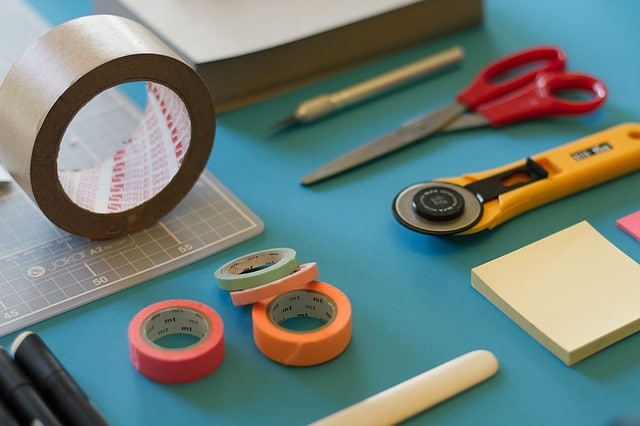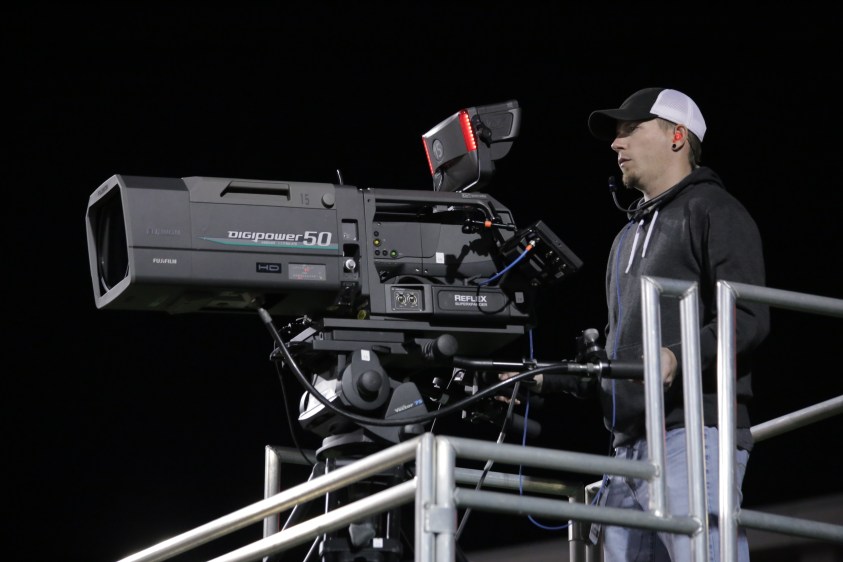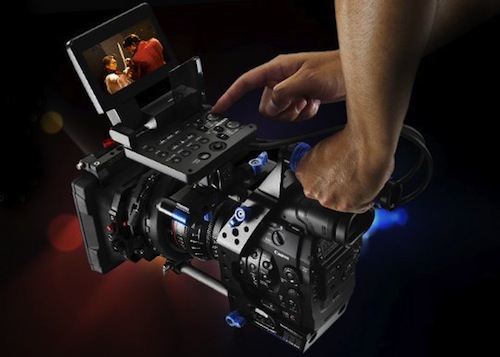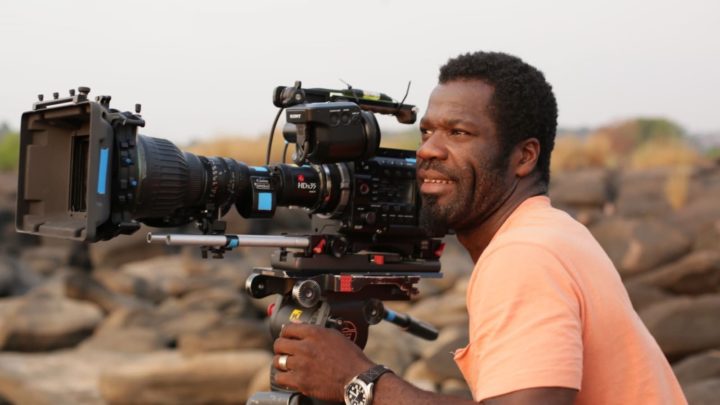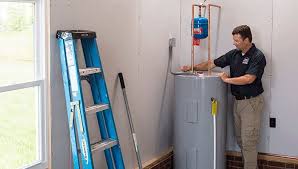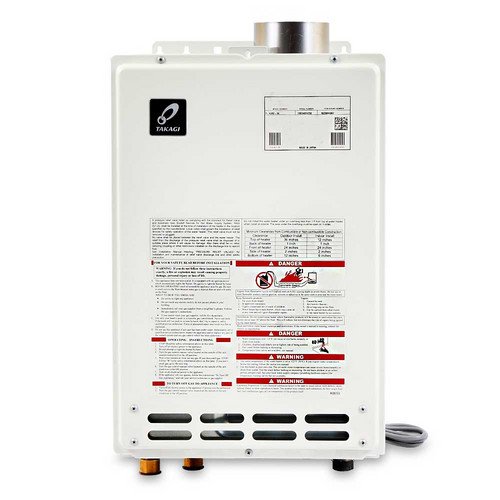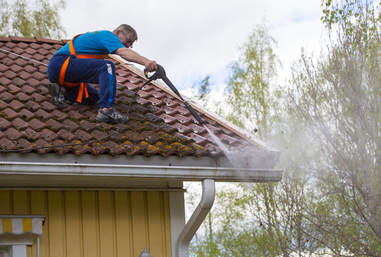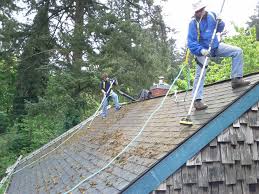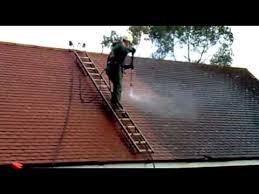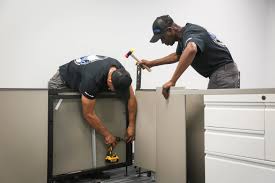Making The Most Of Electrical Maintenance
With simple maintenance and prevention methods, you can feel better about the safety and efficiency of your home’s electrical system. This includes making sure your appliances are running smoothly and all of your outlets are safe to use for everyday needs, such as charging devices and plugging in lamps.
Just one mishap could spark an electrical fire, so be sure to keep these steps in mind for proper electrical maintenance:
- Remember the golden rule: Safety first
You should never start any home maintenance or repair work without proper preparation and safety tools. When working with electrical items, make sure to unplug the unit or turn off the power to the specific circuit. Don’t forget that water and electricity don’t get along, so make sure to unplug anything electric before cleaning. Never use a metal ladder when performing electrical tasks.
- Use electronics accordingly
It’s important to be smart about how you’re using electronics. Avoid plugging in too many things into one circuit, which can overload it and cause a power outage. Be mindful of where you place small appliances and electronics, such as toaster ovens and hair dryers. Make sure they’re not under any vents that could potentially drip on them or are too close to a source of water, such as sinks and showers. Further, the Occupational Safety and Health Administration recommends installing ground-fault circuit interrupters for all of the outlets in wet locations, such as kitchens, bathrooms and laundry rooms. They’re designed to turn off electric power immediately in the event of an incident, which can be a potentially life-saving feature.
- Be mindful of plugs, outlets and wires
Treat your plugs kindly and don’t force them to fit into outlets. Don’t try to bend and adjust the prongs, as this could cause an electric shock. Alternatively, if it’s loose inside the outlet, it may be time to replace the cord for a fresh plug. Replace old outlets with new electric sockets with advanced safety features, such as built-in surge protectors. Unplug extension cords when you’re not using them to avoid an electric and fire hazard. When you’re outside, only use cords and electrical items that are specifically for the outdoors.
- Schedule routine professional check ups
Electricity can be dangerous, so never hesitate to call a licensed electrician for help. In fact, one of the most important steps in good electrical maintenance is having a professional inspect your system at least once a year. An electrician can check your electric panel, replace damaged wires and test circuit breakers.
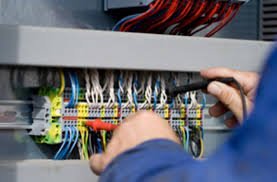
Simple steps to resolution
Stepping through further checks, the technician can review the breaker’s programming, such as LSI overcurrent settings, using easy to navigate graphical screens. There may also be a ‘state of health’ view that can quickly reveal any service warnings. This might indicate that a backup battery that needs replacing, or the amount of breaker service life left.
If a bar code is provided on the front of the breaker, scanning it with the smart phone will connect to the device’s online maintenance history. Not only will this confirm that the correct equipment needing servicing has been identified, it will also reveal any previously logged data or service notes to help determine the appropriate next steps.Simple steps to resolution
Stepping through further checks, the technician can review the breaker’s programming, such as LSI overcurrent settings, using easy to navigate graphical screens. There may also be a ‘state of health’ view that can quickly reveal any service warnings. This might indicate that a backup battery that needs replacing, or the amount of breaker service life left.
If a bar code is provided on the front of the breaker, scanning it with the smart phone will connect to the device’s online maintenance history. Not only will this confirm that the correct equipment needing servicing has been identified, it will also reveal any previously logged data or service notes to help determine the appropriate next steps.
How to Improve Your Electrical Maintenance Strategy
When it comes to maintenance strategies, mechanical assets tend to receive more care than electrical control and distribution systems. Electrical systems can run for years without problems, making it tempting to focus on systems where wear and tear produce more frequent, and more noticeable, issues. Mechanical maintenance staff usually outnumber electrical system staff, whose electrical maintenance training is seen as less mission critical than staying up-to-date on advances in equipment technology.
Reactive Electrical Maintenance
Like mechanical equipment, electrical systems benefit from preventative maintenance. Reactive responses to electrical problems results in longer down times, expensive repairs, and loss of productivity.
Signs of a reactive electrical maintenance strategy include:
- Electrical failures not recorded in CMMS
- Electrical maintenance supplies no readily available
- Electricians on staff not up-to-date on electrical maintenance training
- Few to no electrical planners on staff
- Little to no documentation of electrical maintenance tasks
- No standards for electrical schematics
- Technical information on electric systems not centrally located.
Towards a Proactive Electrical Maintenance Strategy
In contrast, a preventative electrical maintenance strategy protects both employees and electrical assets. Careful planning maximizes uptime, while improving energy efficiency and extending the service life of electrical distribution systems. Steps towards preventative electrical system maintenance include:
- Acknowledging the current system is flawed, but can be improved.
- Developing a vision for the future, including new hires, maintenance strategies, and electrical maintenance training.
- Understanding which equipment is mission critical, and creating regular maintenance schedules.
- Discussing the need for improvements with work team, who may raise issues or solutions that would otherwise go unnoticed.
- Documenting all processes and gathering data on which components could fail and what the effects of such failure could be.
Report your findings to management and fight to get the management team on board with your efforts.
- Developing preventative maintenance inspection and tasks for all system components.
- Gathering all strategy documents, schematics, and manuals in a central location.
Electrical Preventive Maintenance
Too many people mistakenly think a lack of moving parts means little can go wrong with electrical systems. In fact, the Institute of Electrical and Electronics Engineers (IEEE) reports that the failure rate of electrical components is three times higher for systems without preventive maintenance programs.
The two top causes of electrical distribution failures — loose connections and parts and exposure to moisture — account for nearly half of all electrical losses. And both problems can be corrected with a comprehensive electrical preventive maintenance (EPM) program. Consider these five factors when planning a program for your organization:
- Qualified Personnel
The people who perform your EPM program must be properly trained for the specific equipment being maintained or tested. They should have a thorough understanding of electrical safety practices and procedures. - Scheduled Maintenance
Inspection, testing and servicing of equipment should be done on a regular basis — at least once every three years and more often for critical components. - Informed Decisions
You want to make informed, responsible decisions about how best to correct any problem conditions. That can only be accomplished if personnel reviewing test reports have a thorough understanding of the specific subject matter. - Performing the Work
There is little point in testing and inspections if you don’t intend to fix the problem. Ultimately, a scheduled outage is necessary to perform the work. - Record-Keeping
A clear, concise and complete record-keeping system will help make sure that all work is done when it should be. Tracking test results over time also can often identify a potential failure that can be corrected before it happens.
Electrical preventive maintenance is cost-effective in many ways, improves equipment efficiency and reduces utility bills. Don’t neglect your electrical distribution system. Consider an EPM program — before a costly failure occurs.
Why Routine Electrical Maintenance is Important
The electrical wiring of your home is out of sight and it is one of the important reasons why maintenance is often set aside. The wires suffer wear and tear over time and its impacts on the appliances and equipment that operate on the circuit. You will eventually have to deal with electrical problems that you used frequently. The best way to avoid these type of complications is to hire electrical services in Sylvan Lake for regular electrical maintenance. After you find a good electrician, it will be easier to perform an annual inspection of your property’s power system.
Here are 4 benefits of regular inspection of your property’s electrical works.
Reduced Energy Costs
If the appliances are working properly, it uses less energy which will save your money. The outdated electrical system and faulty appliances may need to sue more power to work continuously. It can drive up your electric bill automatically. If you let the electrician perform maintenance works regularly, the electrical items at your home are kept in the best working condition. The electrician can also suggest some ways to save energy with the use of technological advancements.
Fire Safety
Electrical incidents and wirings spark home fires. Outdated electrical systems, fixtures, and wirings are the root cause of these types of accidents. So having an annual checkup of the power system will make sure that the power source, wirings, electrical lines, and outlets are functioning properly and up to date.
Protection of Appliances
Whether you are using a four-door fridge or a mini-fridge at your home, you have spent quite a good amount of money for it. So obviously you would want to make good use out of it. If you don’t do regular maintenance, it means you are waiting for your appliance to die before its lifetime. Every piece of equipment you have at your home comes with a manual that states that their recommended maintenance works and how often it should be done. Make sure you discuss all of this with the electrician so he can schedule the visits accordingly.
Continuous Productivity
If you want to maintain control of your home or the productivity of your business, a major electrical problem can cause a major problem for you. Electricity runs all your appliances that include the important ones like refrigerator, desktop, and air conditioning system. If the damage has worsened, then it can take some days to get the power working again. It means less productivity for those people who are working from home. It can discomfort them at times when you should actually be relaxing after a long tiring day.



